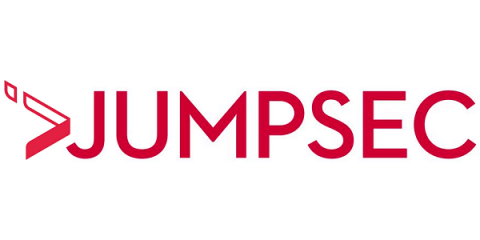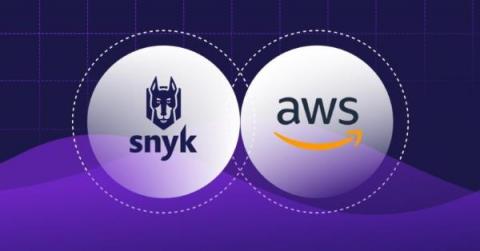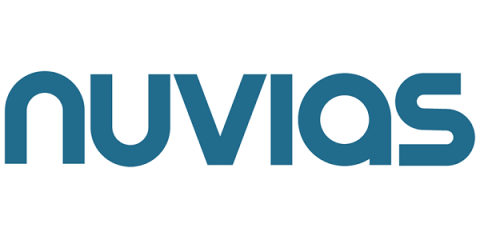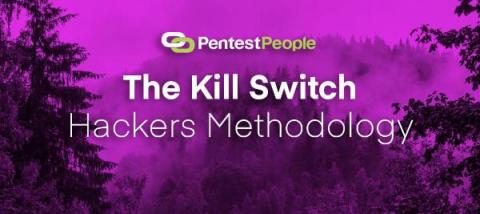Security | Threat Detection | Cyberattacks | DevSecOps | Compliance
Latest News
Why should you include threat hunting services in your portfolio?
As mentioned in our previous blog post about threat hunting, there is significant interest in it. In fact, according to Pulse, 32% of IT leaders say that their organizations plan to reinforce their endpoint security posture by adding a threat hunting program to their overall security strategy. And it is not surprising since it is a potent tool to defend your customer. Here we have some of the key benefits that hunting brings to your value-added services.
The Impact of CVE-2022-0185 Linux Kernel Vulnerability on Popular Kubernetes Engines
Last week, a critical vulnerability identified as CVE-2022-0185 was disclosed, affecting Linux kernel versions 5.1 to 5.16.1. The security vulnerability is an integer underflow in the Filesystem Context module that allows a local attacker to run arbitrary code in the context of the kernel, thus leading to privilege escalation, container environment escape, or denial of service.
Lessons from 2021: Painful Misconfigurations
Tsippi Dach explores some notable breaches caused by mis configuration s and how organizations can avoid becoming the next big headline.
Got Trust Issues? You're Not Alone
According to Microsoft, Zero Trust is now ‘the top security priority’ for 96% of the interviewed security decision makers, while 76% were currently in the process of implementation. 90% of those interviewed stated that they were ‘familiar’ with Zero Trust and able to pass a knowledge test. The nature of this test and the appropriate right answers weren’t provided.
Future Proof Your Cyber Defences With Incremental Improvement Over Time
As cyber threats continue to evolve, investing in generic services and off-the-shelf products leaves organisations exposed by failing to deliver the specific outcomes they need. Repeating these investments each year means that the level of security never truly improves, as attackers effectively invest more than the defenders.
Snyk integrates with AWS CloudTrail Lake to simplify security audits
Since organizations around the globe began investing more aggressively in their digital transformation by migrating and modernizing applications within the cloud, the value of audit logging has shifted. It has expanded from industries like finance and healthcare to nearly any company with a digital strategy.
Nuvias UC signs new agreement with Yealink for expansion into DACH (Germany, Austria, Switzerland)
Stories from the SOC - WannaCry malware
WannaCry malware was first discovered in May 2017 and a patch was released roughly two months prior to its public release. However, 230,000 computers were globally affected by WannaCry as of 3/31/2021. It is unfortunate to hear, but many companies remain vulnerable to this attack due to unpatched systems. We often see that by the time some companies update their systems, they have already experienced a breach.
The Kill Switch - A Look into a Hackers Methodology
We’re kicking off a new series of blogs featuring some of the best live and recorded content from our consultants with Alex’s ‘The Kill Switch’ talk as seen at the Future of Cybersecurity Event. Alex talks us through a hackers methodology. Focusing on threat sources, threat actors and how to analyse said threats. He then walks through the methodology known as ‘The Kill Chain’.










